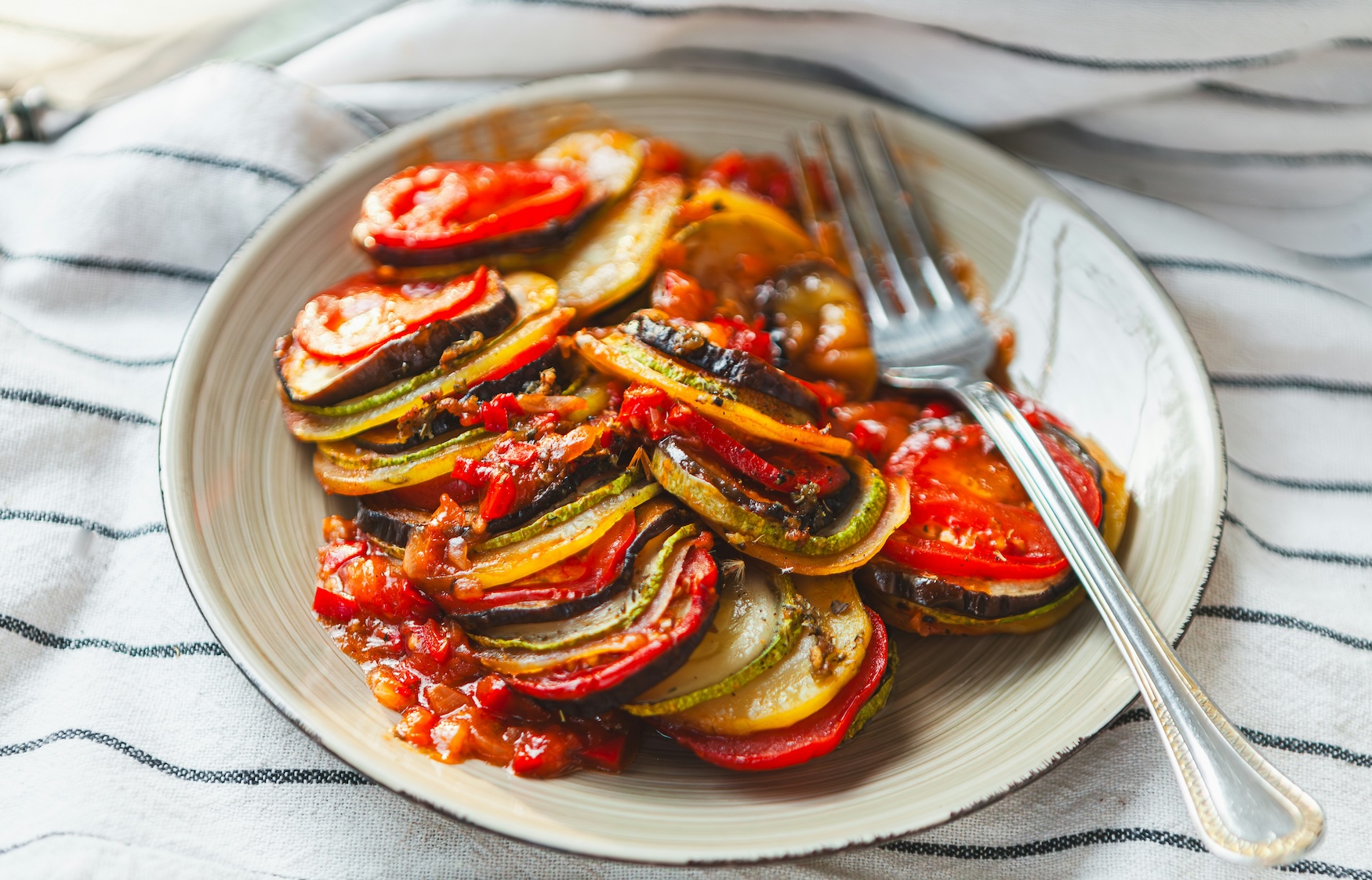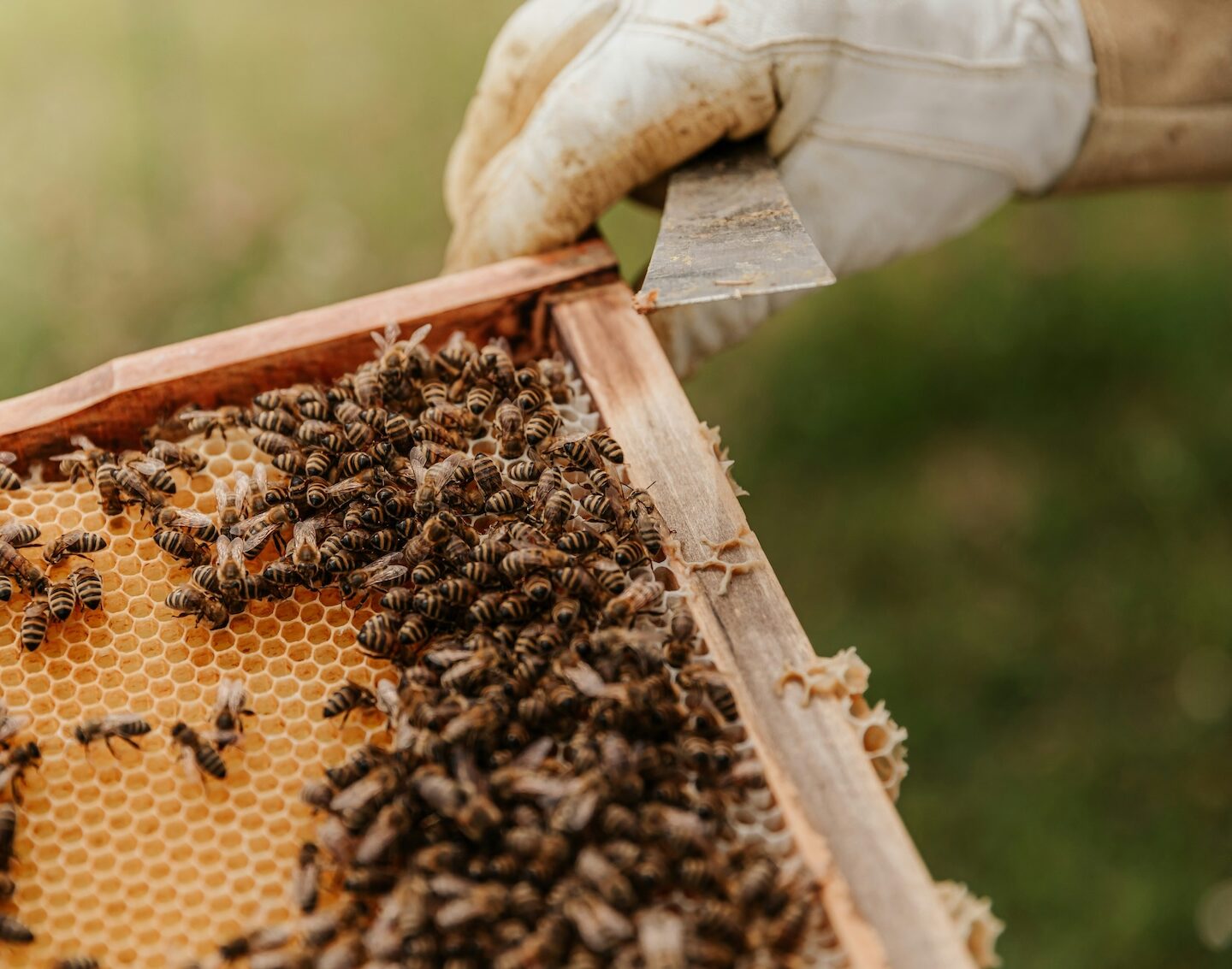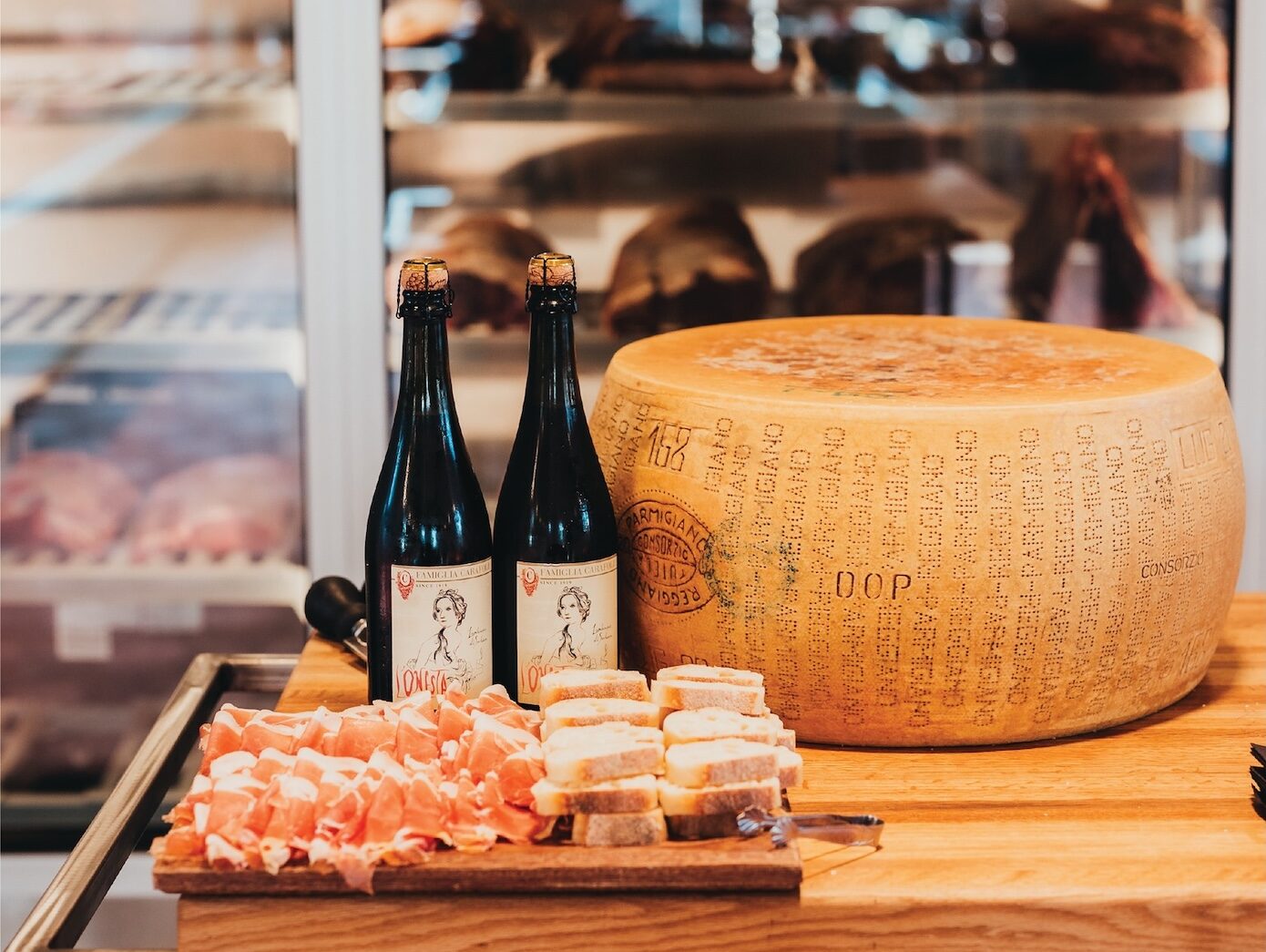If you prefer to cook globally but source locally, June is your jam. A range of freshly harvested vegetables are now hitting Alabama farmers markets and stands, including all the main components to make the classic summer dish from the south of France, ratatouille.
Originating in Provence, ratatouille is a cooked-down flavorful stew that showcases summer’s bounty from the garden or farm—eggplant, tomato, zucchini, bell pepper, onion, garlic, and basil.
On small farms across Alabama, the harvest for those ingredients starts by June. Sold hours after they are picked or plucked, most remain available through the summer; some until the first frost.
Now is the perfect time to make a special ratatouille that uses locally-grown produce. Call it a Bama-touille.
Unlike the eye-catching gourmet creation by the famous Disney cartoon rat, ratatouille generally is humble and hearty. Done right, it takes time to prepare. But the effort pays off in the final flavor.
Scour the internet or crack cookbooks and you’ll find scores of different methods to prep and make ratatouille. Traditionally, each ingredient is slowly cooked separately in olive oil, and then all are combined to cook some more.
Ratatouille is versatile. It can be served cold, hot, or at room temperature. It can be a meat-free main dish, a side serving, a spread for crusty bread, an element in a picnic, or part of a meat-and-cheese board. Ratatouille is good in omelets and frittatas, or as a topping for pasta, pizza, or polenta (and therefore, Alabama-milled grits). Like avocado toast? Try Bama-touille toast.
And if you have trouble getting the kids to try some, just tell them the mouse made it.
Here is a guide to seasonal Alabama-grown vegetables to use in ratatouille and other delights.
Eggplant
June through September
Growers like Ireland Farms in Alpine and Lovelight Farm in Wilsonville harvest eggplants in several shapes and sizes, from elongated Japanese varieties to deep-purple globes. Locally-grown Fairy Tale eggplant, smaller in size with skin streaked purple and white, is prized among Alabama chefs for its flavor and texture. Whether cubing or slicing eggplant for ratatouille, peel off the bitter skin. Some also salt the flesh from larger specimens to sweat out bitter flavors.
Other uses: Roasted, grilled, sauteed, stewed, or pureed, eggplant commonly stars in dishes from countries around the Mediterranean Sea, as well as India, China, and Japan.
Tomato
June through September
When tomatoes are in season locally, fresh is best. The rest of the year use canned tomatoes, preferably certified San Marzanos, for ratatouille or sauces. Alabama is blessed with an abundance of homegrown tomatoes in various shapes, sizes, and colors. You’ll find red beefsteak and other globe tomatoes, elongated Romas, a rainbow of sweet bite-sized orbs, and flavor-packed heirlooms. Any would make a delicious ratatouille, but be sure to remove as many seeds as possible before adding to the cook pot.
Other uses: They’re great both raw and cooked. Sliced heirloom tomatoes, sprinkled with flakes of Maldon sea salt, are sublime. Tomato sandwiches are a Southern staple.
Zucchini
April through October
The Big 3 among summer squashes—yellow, patty pan, and zucchini—all can be found throughout the summer on farmers market stands around the state. Zucchini is preferred for ratatouille because it has fewer seeds than yellow crookneck squashes. If an eye-catching Disney-style ratatouille is on the menu, zucchini also is the best summer squash to cut into uniform rounds.
Other uses: They are versatile, which is a good thing. You know the old saw about the person with an over-abundant garden sneaking bags of excess zucchini to neighbors’ homes in the dark of night.
Bell Pepper
June through October
Some people are plagued with stomach distress after eating green-hued bell peppers, but not those with other colors. Adding yellow, orange, purple, or red bell pepper to a ratatouille also adds visual appeal.
Other uses: Stuffed and roasted whole, sliced in stir-fries or salads. Combined with onion and celery, they are part of the “holy trinity” of aromatics commonly used in Cajun and Creole cooking.
Onions/Garlic
April/May through October
An increasing number of Alabama growers are bringing these kitchen workhouses to pop-up and permanent farmers markets these days. Yellow and sweet varieties of onion are best for cooked dishes like ratatouille, but white and red will work, too.
Basil
May through September
The herb thrives in sunny days when temperatures are in the 80s and 90s—spring and summer in Alabama. At farmers markets, you’ll find stalks for sale or picked leaves sold by the handful.
Other uses: Pesto, tomato sauces, shredded over salads.




